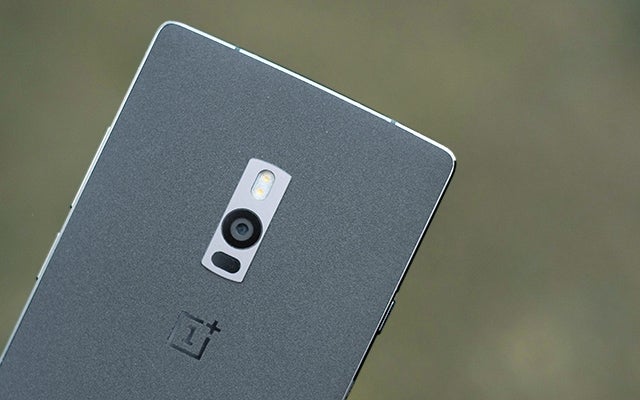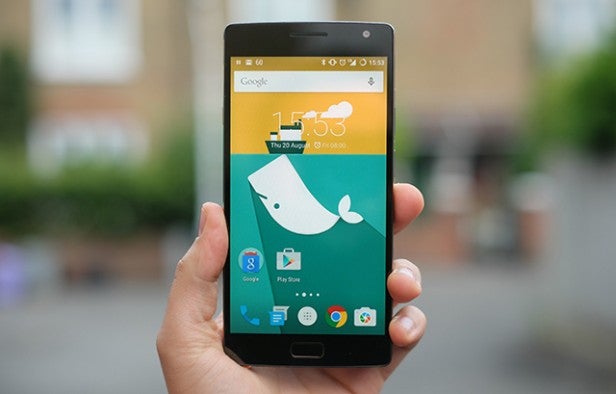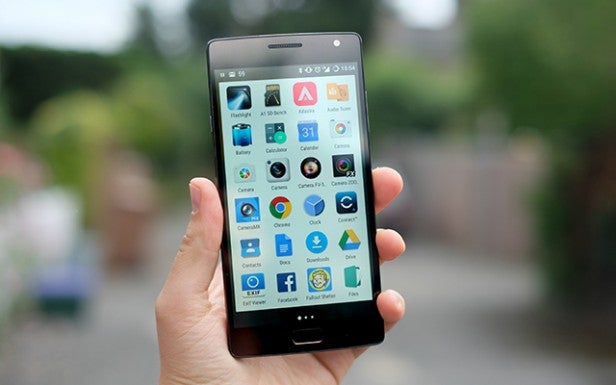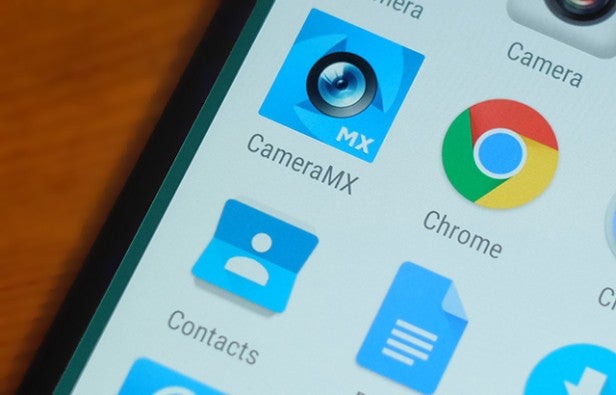OnePlus 2 Review - Screen Review
Screen
Incredible value strikes again

Sections
- Page 1 OnePlus 2 Review
- Page 2 Screen Review
- Page 3 Screen and Performance Review
- Page 4 Camera Review
- Page 5 Battery Life, Sound Quality and Verdict Review
OnePlus 2: Screen
The OnePlus 2 is a phone with a large screen, measuring 5.5-inches across. That’s larger than the Samsung Galaxy S6, the HTC One M9 and, of course, the iPhone 6.
Quality matters, but having a larger screen is generally always a benefit when matching video or playing games. Display quality is good too.
The OnePlus 2 has an LCD, IPS, LTPS screen, a great trio for any phone. To unpack these terms a bit, LCD means that you shouldn’t expect quite the black level and contrast you get from an OLED Samsung Galaxy S6 or similar. The phone still has a standard backlight, so contrast can only reach so high.

Of course, this only really becomes evident in a darkened room. In normal conditions you’ll not notice any diminished blacks. They’re strong for an LCD display.
IPS gets you great viewing angles, with fairly little loss of brightness off-axis and no contrast shift from any angle. Colours are very pleasant too.
This year we’ve seen a few phones try that bit too hard to bring the super-deep colours that very obviously telegraph to your eyeballs quite how much of the sRGB palette a phone can render. They often end up looking oversaturated, but the OnePlus 2 takes a far more relaxed approach. There’s no toxicity to the reds, and no other shades look as though they’re ready to leap our of the screen and stab you.
The OnePlus 2 is quite iPhone 6-like in this respect. It’s a very pleasant screen.

The final bit of tech jargon we mentioned earlier is LTPS, another screen architecture tech. This one helps cut down on the power the display uses. Of course, none of these screen techs are remarkable. They’re all very common.
Aside from that the OnePlus 2 has a very pleasant screen tone, one that offers punchy colour while appearing totally natural, the other bit worth paying attention to is the resolution. It has a 1080p panel, matching the iPhone 6 Plus pixel-for-pixel with 401ppi density.
We can’t go without mentioning the higher-resolution options out there. The LG G4 and Samsung Galaxy S6 provide radically higher pixel density, simply because they use QHD screens.

Up-close there is a difference between a QHD screen and a Full HD one, especially at this size. But it’s a minor and we’re a way off any phone launching at a sub-£300 price with one of those. Resolution-obsessed bargain hunters out there should also consider the LG G3, now available SIM-free for as little as £229. It has a QHD screen and is still immensely capable, although feels a little cheaper than the OnePlus 2.
With a Gorilla Glass 4-topped display and good top brightness, the OnePlus 2 is not too susceptible to fingerprint smudges, offers good scratch-resistance and fares pretty well outdoors on bright days. The one complaint we began to notice after using the phone for a week is that the auto brightness setting could be improved.
It works, but tends to make the screen too bright indoors, and doesn’t react nearly enough to where you set the brightness slider. This is one of those auto backlight modes that operates relative to a slider, giving you a but of control.
Other than the brightness issue, the display is a winner. And OnePlus could easily improve things with a software update.
How we test phones
We test every mobile phone we review thoroughly. We use industry standard tests to compare features properly and we use the phone as our main device over the review period. We’ll always tell you what we find and we never, ever, accept money to review a product.


